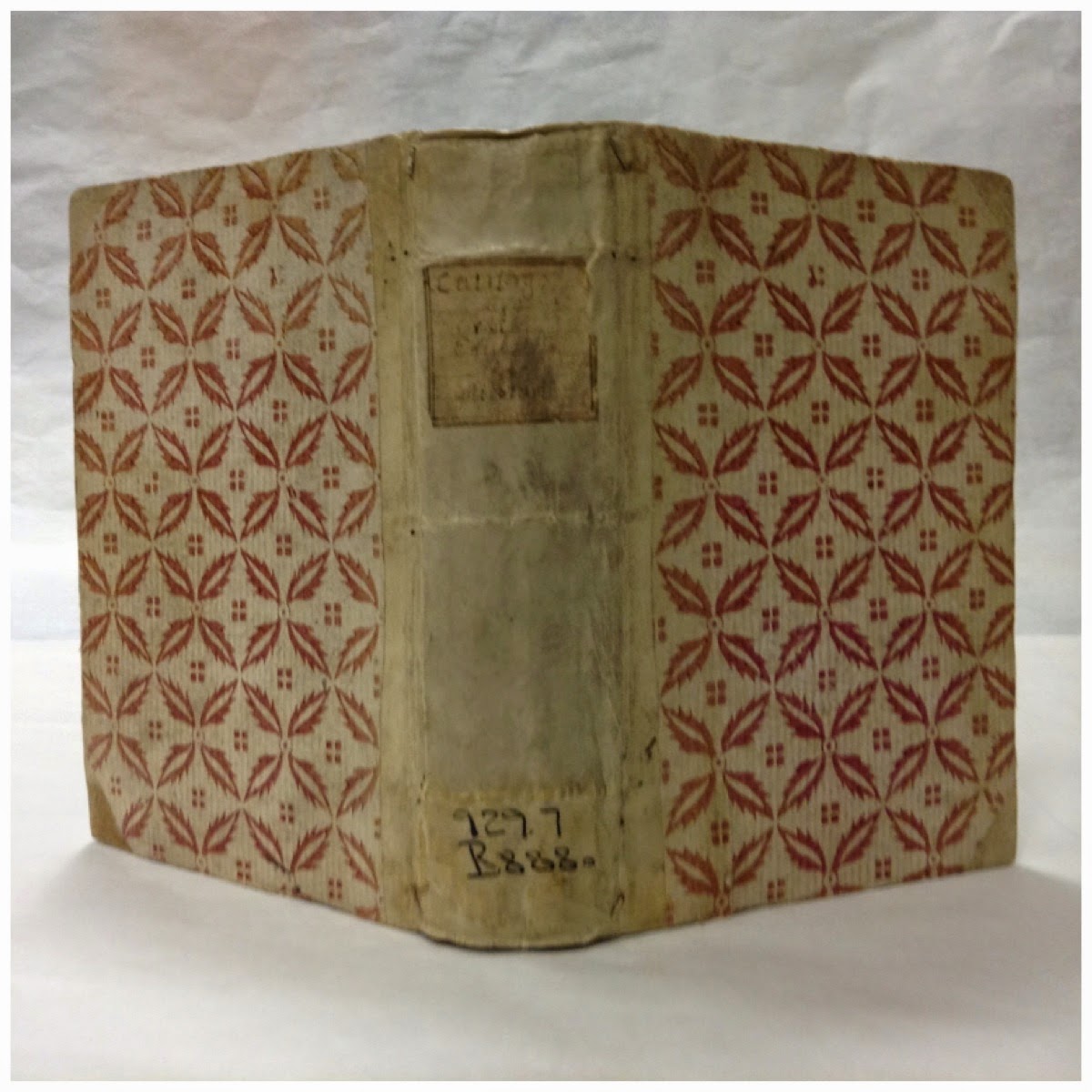Living in San Francisco can often feel like living on a movie set. Sometimes it's 9 to 5, other times it's The Invasion of the Body Snatchers. Either way, San Francisco is a backdrop that fills the big screen like no other city can. This post is the first of a new series, Cinematic San Francisco, that will focus on (mostly) current films shot in San Francisco and resources from the San Francisco Public Library that can help you explore each film a little further.
Last year, locals got a chance to see behind the scenes as the film crew transformed parts of North Beach for the movie. The production also used several photos from the San Francisco Historical Photograph Collection at the San Francisco History Center to use as references for scenes in the film. A brief look at the photos in the San Francisco News-Call Bulletin Photo Morgue reveals a bit of Walter Keanes' promotional finesse. Along with images of the Keane artwork, there are family portraits-- Walter, Margaret, and their two daughters-- each with paintbrush in hand, and shots of Walter mingling with celebrities.
The San Francisco History Center also houses the San Francisco Examiner Newspaper Clippings Morgue, where mentions of the Keanes, especially Walter, are plentiful. Several Examiner columnists refer to Walter Keane as "my friend" and seem to take a certain amount of glee in reporting whatever Walter did or said. The 1958 article "Brawl Gives Artist 'Hungry Eye' Full" tells the tale of a brief bar fight between Keane and hungry i owner Enrico Banducci. In another column, Walter is asked to write a provocative article on one of his favorite subjects... women.
Margaret Keane doesn't appear in headlines until the Keane's divorce in 1965. In 1970 she made the claim against her husband, "He can't paint eyes, he can't even learn to paint."(San Francisco Examiner Oct. 14, 1970) When he cried foul, she challenged him to a paint-off in Union Square. While she displayed her skill to the crowd, Walter didn't bother to show up.
If Big Eyes inspires you to learn more about the Keanes, visit the San Francisco History Center for photos and articles.
Also, check out a recent biography Citizen Keane: The Big Lies Behind the Big Eyes by Adam Parfrey and Cletus Nelson, as well as two art books available for viewing at the Page Desk on the 4th Floor of the Main Library: Walter Keane (1964) and MDH Margaret Keane (1964).
Coming soon: Noir City, At the Oscars, San Andreas
 |
| Kim Novak and Walter Keane in San Francisco, 1959 (Courtesy of the San Francisco Public Library) [P377 KEANE, WALTER] |
 |
| Photo with press release sent to the SF News-Call Bulletin from Walter Keane, 1960. (Courtesy of the San Francisco Public Library) [P377 KEANE, WALTER] |
"So let us recognize that women present no threat to us. It's true, I admit, that certain antagonisms are engendered when a woman becomes a wife or a mother-in-law. It seems to bring about organic changes that nobody has been able to figure out. But they can be overcome." (San Francisco Examiner, "Some of My Best Friends Are Women" by Walter Keane, Sept. 4, 1963)
 |
| Newspaper clippings from 1965, 1966, and 1970. (San Francisco Public Library.) |
 |
| Margaret Keane at the "paint-off" in Union Square. Life magazine Nov. 20, 1970. (Courtesy of SFPL) |
If Big Eyes inspires you to learn more about the Keanes, visit the San Francisco History Center for photos and articles.
Also, check out a recent biography Citizen Keane: The Big Lies Behind the Big Eyes by Adam Parfrey and Cletus Nelson, as well as two art books available for viewing at the Page Desk on the 4th Floor of the Main Library: Walter Keane (1964) and MDH Margaret Keane (1964).
Coming soon: Noir City, At the Oscars, San Andreas




























































![Prang's Aids For Object Teaching [Boston: L. Prang & Company, 1874]](http://1.bp.blogspot.com/-t3pSy47E_CA/VXohvExGwLI/AAAAAAAABqk/I0wImcPE-TI/s400/Prangs%2BAids.jpg)

![San Francisco at the [Industrial and Fine Arts] Fair, Edward Jump, c1864. Courtesy of UC Berkeley, Bancroft Library, Calisphere](http://4.bp.blogspot.com/-BfFhe8HyV5s/VX3B1dOZ4vI/AAAAAAAABr4/sWTQJMzf4kA/s400/san%2Bfrancisco%2Bat%2Bthe%2Bfair-edward%2Bjump-OAC.jpg)
![San Francisco at the [Industrial and Fine Arts] Fair, Edward Jump, c1864. Courtesy of UC Berkeley, Bancroft Library, Calisphere](http://2.bp.blogspot.com/-n2QJaqbYbA8/VX3xMoUXk_I/AAAAAAAABsc/N5G_GiqBIx8/s400/Edward%2BJump%2B%2528c.%2B1832-1883%2529%252C%2BSan%2BFrancisco%2Bat%2Bthe%2BFair%252C%2B1864%252C%2Blithograph.jpg)
![Funeral of Lazarus, Edward Jump, [ca. 1861-ca. 1865] Courtesy of UC Berkeley, Bancroft Library, Calisphere](http://3.bp.blogspot.com/-0uSBwQ_y2CE/VX3B-IIzbEI/AAAAAAAABsA/WkQHWx4cibc/s400/funeral%2Bof%2Blazarus-edward%2Bjump-OAC.jpg)
![San Francisco, Francis Samuel Marryat, M. & N. Hanhart, lithographer, Henry Squire & Company, [1851] Courtesy of UC Berkeley, Bancroft Library, Calisphere](http://3.bp.blogspot.com/-uJl3b7MkFkw/VX3CHMA4A0I/AAAAAAAABsI/yYbVYLBtRG4/s400/san%2Bfrancisco%2Bmarryat-hanhart-OAC.jpg)




















